#pileated woodpecker
Text
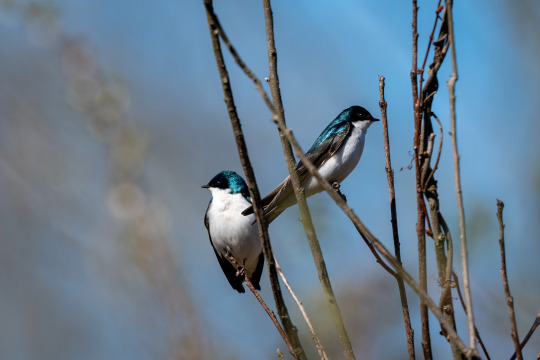
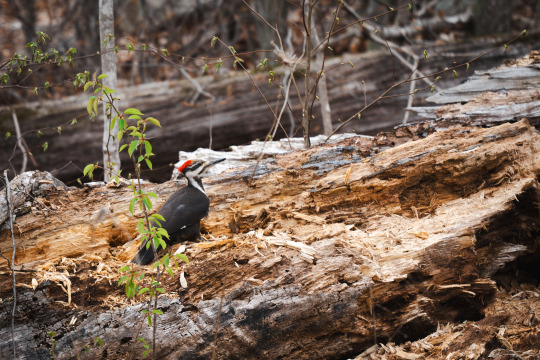

I have a mountain of bird photos to filter through over the past month but thought I'd share a few of my recent favs.
All shot with a Sony A7IV, 200-600mm G
#photography#bird#birds#bird watching#birding#nature#animals#canadian goose#pileated woodpecker#tree sparrow#sony alpha#sony a7iv#200-600mm g
21 notes
·
View notes
Text

Pileated Woodpecker, Dryocopus Pileatus
411 notes
·
View notes
Text
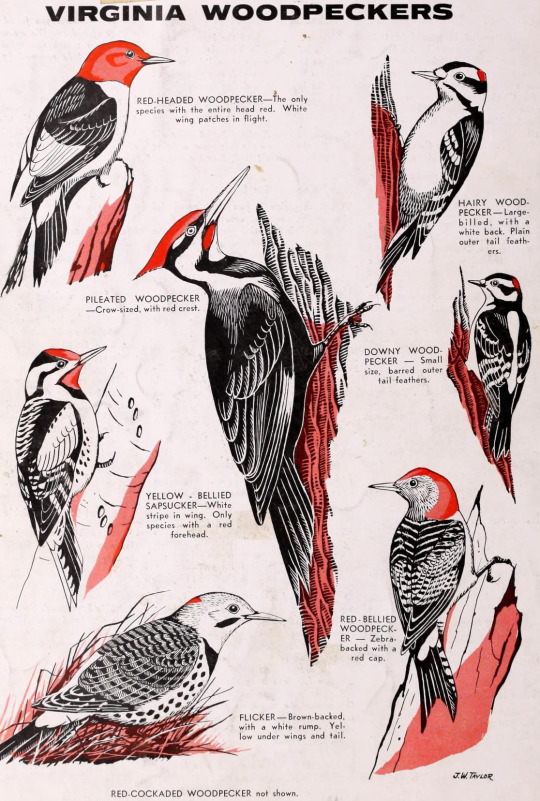
Virginia Wildlife; vol. 19, no. 9. September, 1958. Illustration by John W. Taylor.
Internet Archive
#birds#woodpeckers#red-headed woodpecker#hairy woodpecker#pileated woodpecker#downy woodpecker#yellow-bellied sapsucker#northern flicker#red-bellied woodpecker#John W. Taylor
343 notes
·
View notes
Text

Pileated Woodpecker at Highbanks Metropark, OH, USA
Photo by me, taken on FujiFilm X-T30 II
#animals#pileated woodpecker#woodpecker#bird#birds#nature photography#my photography#my pic#wildlife photography#animal photography#bird photography#photography#animal#nature#wildlife
69 notes
·
View notes
Photo
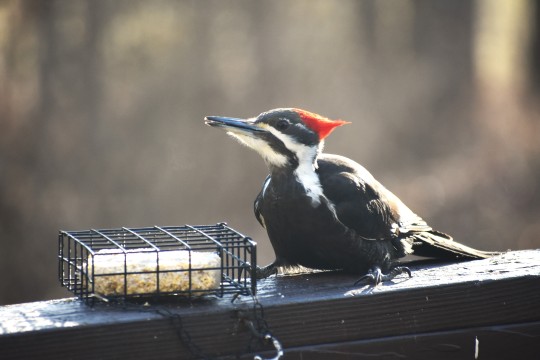

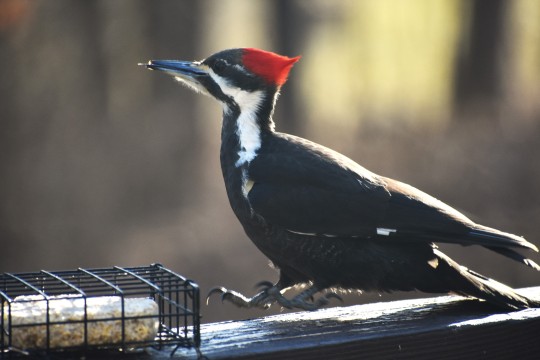

Pileated woodpecker at the suet block
658 notes
·
View notes
Photo

Pileated Woodpecker 2023
418 notes
·
View notes
Text
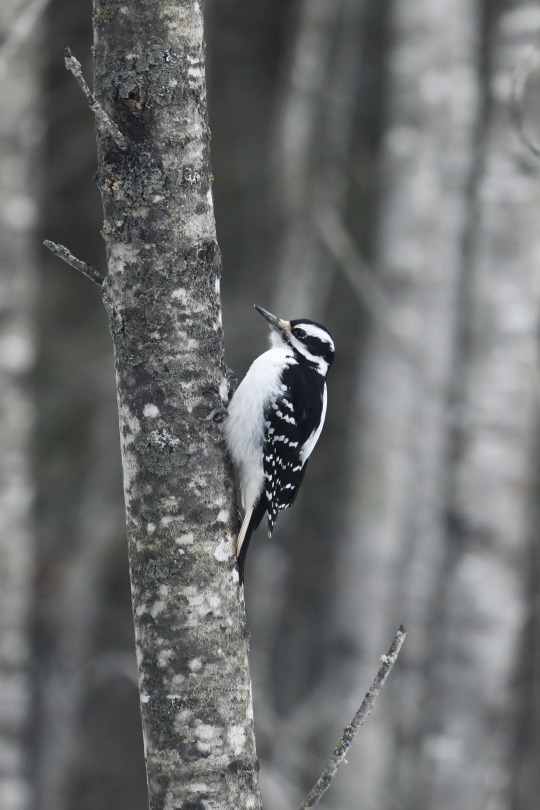


Woodpeckers of the North Woods
#woodpeckers#hairy woodpecker#pileated woodpecker#black-backed woodpecker#my photos#birds#minnesota#ntnav
80 notes
·
View notes
Photo

Red-headed wood chipper
The pileated woodpeckers have been busy in the woods the past month. I mainly hear them but occasionally they come close for a visit and picture or two. This one hung out for a bit, really checking out the bluejay tree from last year. I love seeing them, they are like flying pre-historic birds with a bright red head....really cool to see and hear!!
Nature is cool
#photographers on tumblr#original photographers#artists on tumblr#pileated woodpecker#woodpecker#picturetakingguy
410 notes
·
View notes
Video
Pileated Woodpeckers
Summer 2020
Alberta, Canada
These birbs were only six feet away from me on this lich stump! There were three in total in my yard that day, it was magical!
@todaysbird
2K notes
·
View notes
Text




The Perfect Pileated Woodpecker
The Pileated woodpecker (Dryocopus pileatus) is a common sight throughout the deciduous and mixed forests of North America, from Nova Scotia in Canada to Florida in the United States. Though they can adapt to many forested environments, their preferred habitats are old-growth hardwood forests, with plenty of open space in the canopy and on the ground.
The distinctive look of D. pileatus makes it a near-perfect stereotype for the woodpecker group. Both males and females have a large red crest, white markings streaking from the face to the shoulder, and a black body. The main distinction between the sexes is that the males also have a red line going from the bill to the throat. This species is also the largest woodpecker in North America, sitting at a body mass of 225 to 400 g (7.9 to 14.1 oz) and a wingspan of 66 to 75 cm (26 to 30 in).
As is characteristic of woodpeckers the pileated woodpecker feeds primarily on insects, particularly carpenter ants and wood-boring beetle larvae, but they also consume wild fruits and nuts when available. To find food, individuals use their strong beaks to peck holes in dead wood and suck out insects with their long tongues. Their feet are zygodactyl, meaning there are two toes in front and two in the back, and are handy for clinging to the trunks of trees. Adults can fall prey to hawks and owls, while nestlings are susceptible to martins, weasels, squirrels, and rat snakes.
Pileated woodpeckers make their nests in dead or dying trees, and single roost will often have several entrances. Though males and females share territories, they often nest seperately, only coming together during the mating season. Courtship begins in early February and lasts throughout the spring. Males entice females by drumming loudly on tree trunks, dancing around them, and calling. Afterwards, the pair excavates a nest together and the female lays a brood of 3-5 eggs. The clutch is tended by both parents for about 15-18 days, at which point the eggs hatch.
Hatchlings are fed by both parents for about four weeks, at which time they're ready to leave the nest. However, they won't leave the nest for several more weeks as they learn how to find food and fend for themselves. By the time they're a year old, they are fully mature, and can live to be up to 10 years old. The parents abandon the nest, though they will remain mated for life and build a new roost the following year. Once abandoned, these holes will often be used by other passerine birds, ducks, or owls.
Conservation status: D. pileatus is considered Least Concern by the IUCN. They are well adapted to living near humans, and can be found in smaller stands of trees. However, the deforestation of old-growth forests is a significant threat to their livlihoods.
If you like what I do, consider leaving a tip or buying me a ko-fi!
Photos
Mick Thompson
Nick Viani
Daniel Brown
Frank Lospalluto
#Pileated woodpecker#Piciformes#Picidae#woodpeckers#birds#deciduous forests#deciduous forest birds#mixed forests#mixed forest birds#north america#eastern north america#northern north america
66 notes
·
View notes
Text
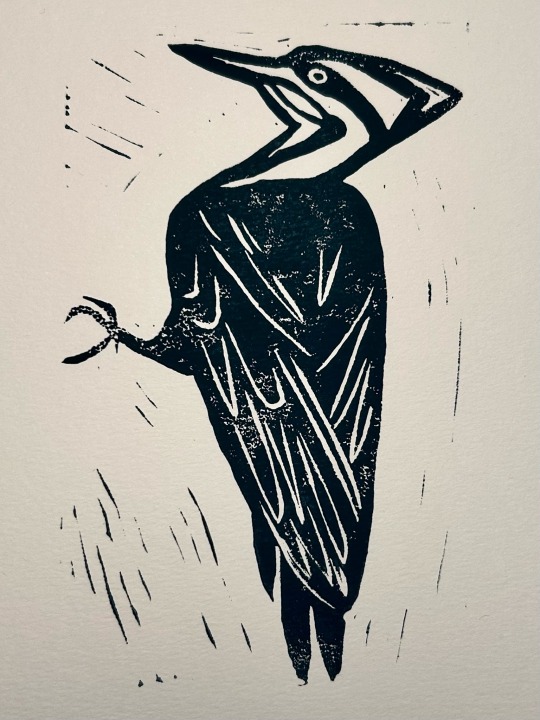
Pileated Woodpecker
108 notes
·
View notes
Text

Pileated Woodpecker
39 notes
·
View notes
Text

DOMINATION!!!! Pileated Woodpecker...king of the woods!
#nature#wildlife#birding#birds#environment#wildlife photography#birblife#wildlifelovers#woodpecker#pileated woodpecker#birbs of tumblr
20 notes
·
View notes
Text



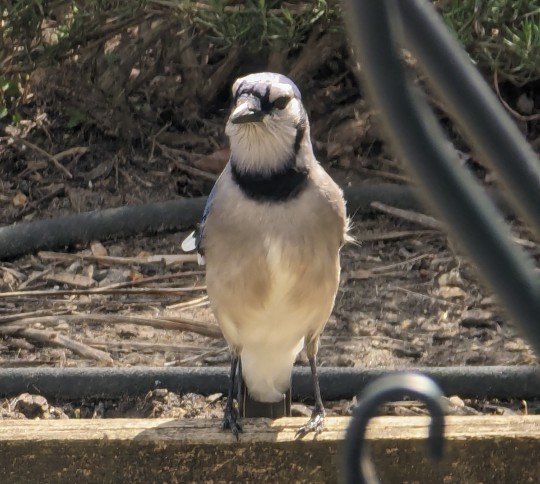
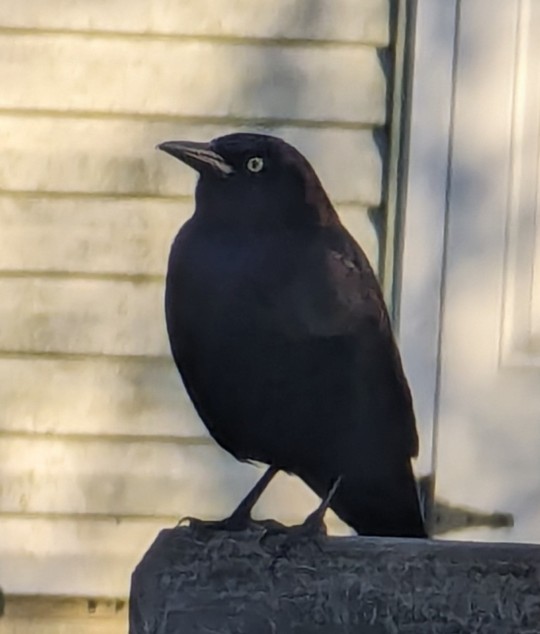

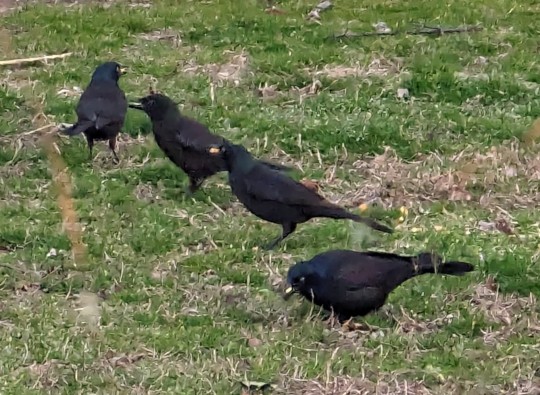

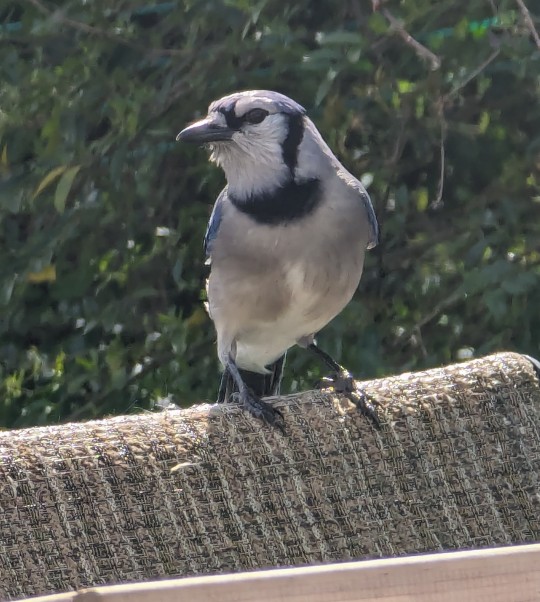
A few of my favorite bird shots recently!
The Blue Jays are so photogenic! I got to see a pileated woodpecker recently for the first time too! Also caught a robin pulling a worm up!
I post everything to my specific photo blog but slowly post some here but if you're looking for more it's over at @lunarlotuscove
#wearyelfphotos#nature#nature photography#my photography#original photography#photography#naturecore#pretty nature#amateur photography#bird watching#black bird#bird#birds#bird photography#photographers on tumblr#original photography on tumblr#american robin#pileated woodpecker#common grackle#blue jays#dark eyed junco#grackle#blue jay#my photos#birbs of tumblr#my photo#robin#woodpecker#animal photography#cute animals
20 notes
·
View notes
Text

One of my favourite year-round residents - the pileated woodpecker!
#ndr#birds my beloved#find me where the wild things are#pileated woodpecker#this one hangs around the parking lot at my favourite trail#ive seen it before#this was the first time i got close enough for a good photo though#im soooo happy i almost never get good photos of these guys#and theyre in my top ten birds for sure#maybe even top five idk id have to rank them definitively
33 notes
·
View notes
Text

Another pileated woodpecker (Dryocopus pileatus). I am forever inspired by Japanese woodblock prints!
32 notes
·
View notes